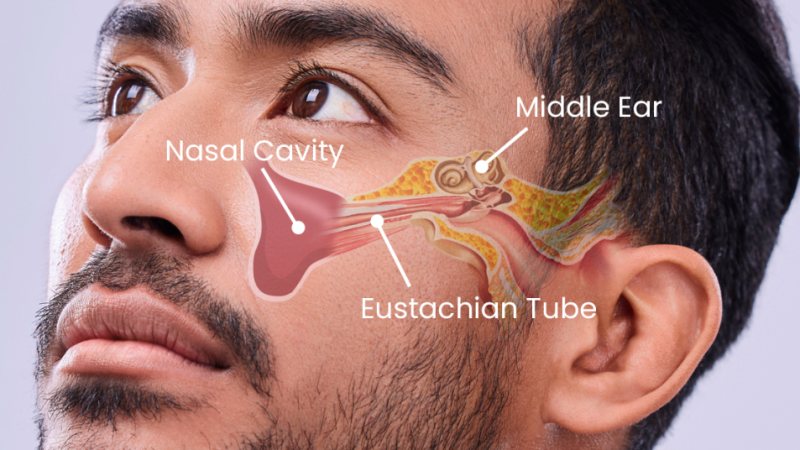How Somatic Therapy Differs from Traditional Talk Therapy

Somatic therapy offers a unique approach to healing, differing from traditional talk therapies like CBT that focus solely on the mind. This form of treatment taps into how your body manifests emotions and experiences. Trauma doesn’t just impact your thoughts; it can get trapped in your physical self, causing pain or stress symptoms such as poor sleep or difficulty focusing.
Somatic trauma therapy starts with bodily sensations to release these emotional burdens, helping people overcome conditions ranging from PTSD to anxiety and intimacy issues by addressing both mental distress and its physical toll.
Embodiment in Healing Trauma
You might feel that emotions hit hard, like a punch in the gut or a weight on your chest. That’s where somatic therapy comes into play with every breath taken and each move made. Picture this: you’re not just talking through trauma; you’re feeling it lift from your shoulders as movements help release those deep-seated hurts stuck inside.
Somatic therapy works wonders for individuals weighed down by stress, letting them find peace within their skin again. Imagine unclenching that tight jaw or easing the stiff muscles after long-held anxiety has overstayed its welcome. This isn’t about ignoring pain but freeing yourself from it step by step.
Talk vs. Body-Centric Approaches
Talk therapy often sits you down for a chat about your trauma. But what if words fall short? You might need something more, like somatic therapy, where the focus shifts from talk to body awareness.
Here, not just thoughts or feelings are key, but how your whole self holds onto tough times. This approach taps into the mind-body link through simple actions like breathing or muscle exercises that release built-up tension. It believes our bodies react even when we don’t think about it, like salivating at sour candy without deciding to do so.
Somatic methods could offer you relief by calming overactive responses and waking up numb areas in response to stress or fear, a change from traditional therapies’ emphasis on conversation alone. Such practices can lead to profound shifts: easing digestion issues or sleep problems tied to past pain while also shifting habits learned during long-term struggles with those pains.
Despite its potential benefits for gut health, inflammation reduction, and emotional well-being changes, somatic work lacks widespread chatter due partly to scant research investment compared with drug-based treatments.
Somatics Unearths Buried Emotions
In somatics, your body reveals old emotions. It works because trauma locks feelings in muscles and movement patterns. Somatic therapists guide you in noticing these bodily sensations, which our minds often ignore or push down.
As you become aware of them through techniques like deep breathing, gentle movement, or focusing attention on where discomfort sits in your body, buried emotions come up to the surface. Unlike talk therapy, which engages thoughts and stories, somatics connects directly with physical experiences, allowing for a raw emotional release without always needing words. It’s healing from within outwards, quite powerful indeed.
Somatic therapy focuses on bodily sensations, not just thoughts and emotions. This approach taps into the physical aspect of psychological stress or trauma. Unlike traditional talk therapies that engage in conversation alone, somatics includes techniques like breathing and movement to release pent-up tension from the body.
By doing so, you may find a more holistic path to healing where words fall short. Your muscles and breath help mend the mind’s wounds under expert guidance at Pradigm Psychology.







